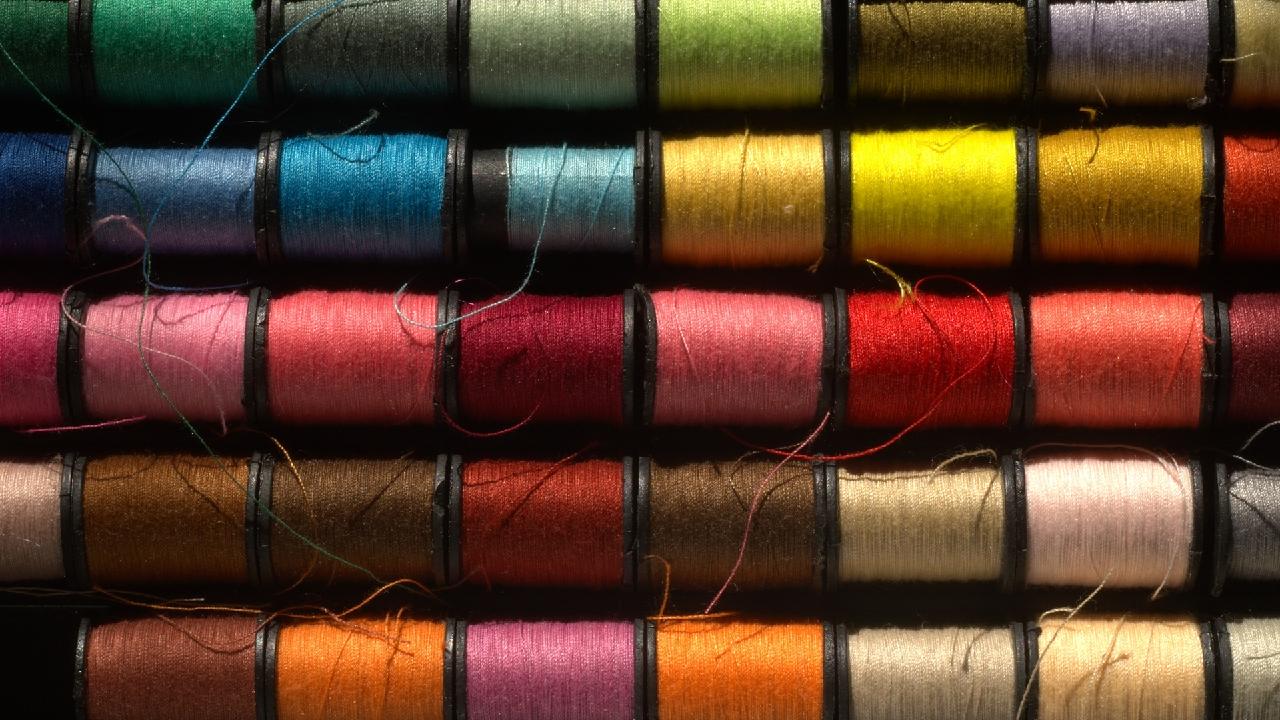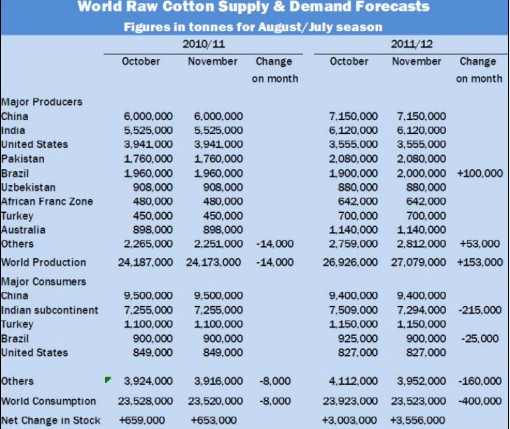|
Gap Inc. plans to open two namesake stores in Beijing and two in Shanghai and start selling its wares online in China later this year, starting a big push into the relatively new -- but white hot -- consumer market, the company said Wednesday. Gap, which also operates Banana Republic and Old Navy and runs the Piperlime website, announced it was expanding into China last October as it unveiled plans that included opening outlet stores abroad and launching online businesses in Canada and the U.K. But the company didn't offer any specifics until Wednesday. Chinese consumers are hungry for Gap's classic khakis and jeans, said John Ermatinger, president of Gap's Asia Pacific Region. He said Gap will tweak its sizes and product mix, including smaller sizes and using brighter colors to appeal to locals. Gap also is keeping in mind that Chinese customers want more versatile clothing because they have small living quarters -- and thus small closets, he said. Analyst Brian Sozzi with Wall Street Strategies recommended a cautious stance on Gap's move into China. He said the chain should use Banana Republic as a vehicle for growth there because Chinese customers have an appetite for luxury, and he also noted "strong price competition" from fast-fashion players like Swedish chain Hennes & Mauritz AB, known as H&M. Ermatinger said in an interview with The Associated Press that the retailer views its expansion into China as a "major cornerstone" for its international growth. The move was unrelated to China's announcement this week that it would let its currency, the yuan, appreciate against the U.S. dollar, Ermatinger said. That change will make prices of U.S. goods more competitive in China. Ermatinger declined to say how many stores Gap will eventually operate in China or to project its revenue in China. In its latest fiscal year, which ended Jan. 31, Gap's international revenue was $1.6 billion, or 11 percent of its total revenue of $14.2 billion. "Our growth will depend on how well Chinese customers will embrace the brand," he said. Gap's entry comes after extensive analysis of Chinese consumers' buying habits. Ermatinger said Gap team members interviewed consumers and went through their closets. "We are going in with a tremendous amount of research," he added. The most direct U.S. competitors to Gap, like Abercrombie & Fitch & Co. and Aeoropostale Inc., do not operate stores in China, but Ermatinger expects that to change. And many international chains, like H&M and Spain's Zara, are operating in China. But Ermatinger said Chinese shoppers have become well versed in American brands as they surf the Internet. Gap will own and operate its four new stores, including a two-story shop on the premier Nanjing West Road in Shanghai; a store on Mid Huaihai Road, another top shopping street in Shanghai; a two-story store on Beijing's Wanfujing Street and a store in a Beijing regional mall called Chaobei Joy City. Gap is counting on China's massive online community to fuel Web sales there. According to Forrester Research, China had 209.1 million Internet users in 2008, or 16 percent of the population. Forrester expects that number to increase to 377.1 million, or 27 percent of the population, by 2013. While online population figures don't immediately correlate with online purchasing, the market's potential is clearly large. A distribution center outside Shanghai will serve all four stores and the China Internet business, which Gap will manage with Shanghai Yi Shang Network Information Co. Ltd., an e-commerce company. As a testament to Gap's commitment to China, Gap named international banker Katherine Tsang as a company director Tuesday, expanding the board to 11 members. The 53-year-old, who is the chairwoman for Greater China at Standard Chartered PLC, will join the board of directors in August. |
|
Gap spells out China expansion plans
Updated: 2010-7-7 Source: Texglobe-ÐÅÏ¢ÖÐÐÄ

Recommended News
Photo Gallery
Most Popular



